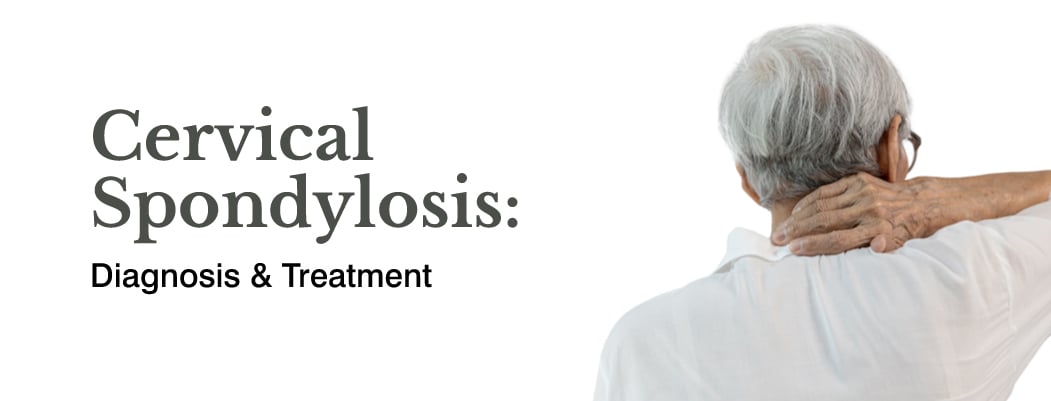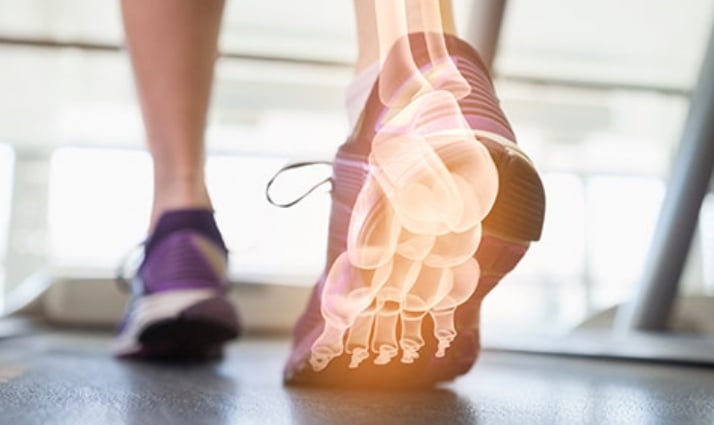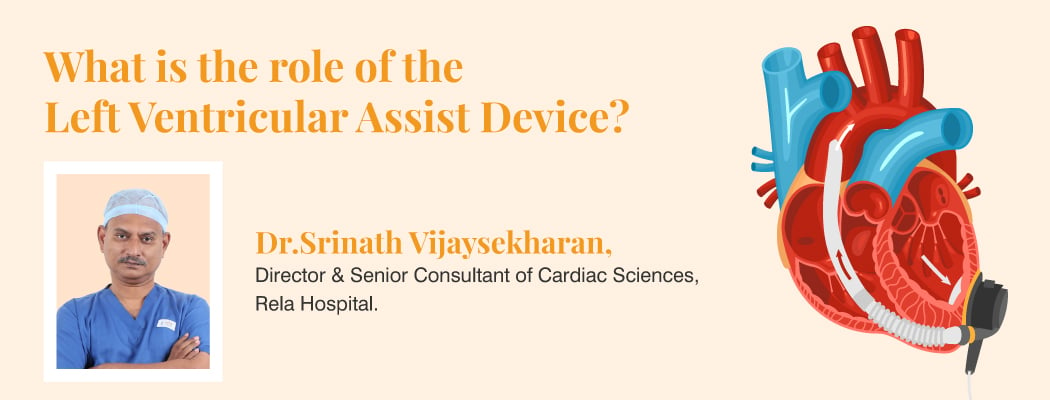How to cure cervical spondylosis permanently?
June 27, 2023

What is Cervical Spondylosis?
Cervical spondylosis is a degenerative condition that affects the cervical spine, which is the neck region of the spine. It involves the breakdown of the spinal discs and the development of bony growths called osteophytes. These changes can lead to compression of the spinal cord or nerve roots, causing pain, stiffness, and other symptoms.
What is Spondylosis?
Spondylosis refers to the degenerative changes that occur in the spine as a result of age-related wear and tear. It commonly affects the cervical spine, leading to cervical spondylosis. These changes involve the intervertebral discs, vertebrae, and facet joints, which can cause pain, stiffness, and other symptoms.
Spondylitis vs Spondylosis
While both spondylitis and spondylosis are related to spinal issues, they are different conditions. Spondylitis refers to inflammation of the spinal joints, commonly associated with conditions like ankylosing spondylitis or psoriatic arthritis. On the other hand, spondylosis is a degenerative condition caused by age-related changes in the spine.
Symptoms of Cervical Spondylosis
The symptoms of cervical spondylosis can vary from person to person. Common symptoms include:
- Neck pain
- Stiffness
- Headaches
- Shoulder pain
- Tingling or numbness in the arms or hands
- Weakness in the arms or hands
Some individuals may also experience difficulty in maintaining balance or coordination.
Causes of Cervical Spondylosis
Cervical spondylosis is primarily caused by age-related changes in the spine. As we age, the spinal discs lose their water content, becoming less flexible and more prone to damage. Additionally, repeated stress and wear on the neck, poor posture, injuries, and genetic factors can contribute to the development of cervical spondylosis.
Risk Factors of Cervical Spondylosis
Several risk factors increase the likelihood of developing cervical spondylosis. These include advancing age, a sedentary lifestyle, occupations involving repetitive neck movements or heavy lifting, smoking, obesity, and a family history of the condition. Understanding these risk factors can help in taking preventive measures.
Who is most at risk for getting cervical spondylosis?
The following individuals are at an increased risk of developing cervical spondylosis:
- Older Adults: Advancing age is a significant risk factor for cervical spondylosis. As we age, the spinal discs gradually degenerate, leading to the development of this condition
- Smokers: Cigarette smoking has been associated with an increased risk of cervical spondylosis. The harmful chemicals present in tobacco can contribute to the degeneration of spinal discs and accelerate the progression of the condition.
- Family History: Having one or more family members with cervical spondylosis can increase the likelihood of developing the condition. Genetic factors may play a role in the susceptibility to spine degeneration.
- Occupational Factors: Certain professions that involve repetitive neck movements or prolonged strain on the neck are associated with an elevated risk of cervical spondylosis. Examples include painters who frequently look overhead, plumbers or flooring installers who maintain a downward head position, and individuals who work with improper neck posture for extended periods, such as those who stare at improperly positioned computer screens.
- Previous Neck Injuries: Individuals who have experienced a neck injury, such as from a car accident or a fall, are at a higher risk of developing cervical spondylosis. Trauma to the neck can accelerate the degenerative changes in the spine.
- Heavy Lifting: Engaging in activities that involve heavy lifting, such as construction work, can put excessive strain on the neck and increase the risk of cervical spondylosis.
- Vibration Exposure: Prolonged exposure to vibrations, such as those experienced by bus or truck drivers, can contribute to the development of cervical spondylosis.
Prevention of Cervical Spondylosis
Although it may not be possible to completely prevent cervical spondylosis, certain lifestyle modifications can reduce the risk and delay its onset.
- Maintaining good posture
- Practising regular neck exercises and stretches
- Avoiding excessive strain on the neck
- Managing weight
- Quitting smoking
Diagnosis of Cervical Spondylosis
The diagnosis of cervical spondylosis involves a combination of medical history, physical examination, and diagnostic tests. A healthcare professional will assess the symptoms, examine the neck and spine, and may order imaging tests such as X-rays, MRI scans, or CT scans to evaluate the extent of degeneration and rule out other conditions.
Home Remedies for Cervical Spondylosis
Several home remedies and self-care measures can provide relief from the symptoms of cervical spondylosis. These include
- Applying heat or cold packs
- Practising gentle neck exercises and stretches
- Maintaining good posture
- Using ergonomic pillows and supports
- Incorporating relaxation techniques like meditation or yoga into daily routines
Who to Consult for Cervical Spondylosis
When experiencing symptoms of cervical spondylosis, it is important to consult a healthcare professional for an accurate diagnosis and appropriate treatment. Depending on the severity of symptoms, one may consult a general practitioner, orthopaedic specialist, neurologist, or physical therapist.
Summary
Cervical spondylosis is a chronic condition that requires long-term management to alleviate symptoms and improve quality of life. By understanding the causes, risk factors, prevention measures, and various treatment options available, individuals can make informed decisions about their health. Additionally, adopting healthy lifestyle habits, practising self-care, and seeking appropriate medical care can help individuals effectively manage cervical spondylosis and live fulfilling lives.
People also ask
1. What is the Best Treatment for Cervical Spondylosis at Home?
While a complete cure may not be achievable, there are several treatment options available to manage cervical spondylosis. These include physical therapy exercises, pain management techniques, medications for pain relief and inflammation, and in severe cases, surgical interventions. The choice of treatment depends on the individual’s symptoms and their impact on daily life.
2. What is an Easy Remedy for Cervical Spondylosis?
One easy and effective remedy for cervical spondylosis is maintaining a proper posture throughout the day. Sitting and standing with a straight spine, avoiding excessive bending or twisting of the neck, and using ergonomic furniture can help alleviate strain on the neck and reduce symptoms.
3. Can You Live a Normal Life with Cervical Spondylosis?
Yes, with proper management and treatment, it is possible to live a relatively normal life with cervical spondylosis. By adopting healthy lifestyle habits, following prescribed exercises and treatments, and seeking professional help when needed, individuals can minimize pain, maintain mobility, and engage in regular activities.
4. What Food is Good for Cervical Spondylosis?
While there is no specific diet to cure cervical spondylosis, consuming a well-balanced diet can promote overall health and support the body’s natural healing processes. Including foods rich in omega-3 fatty acids, antioxidants, and nutrients like calcium, vitamin D, and magnesium can be beneficial for bone health and reducing inflammation.








